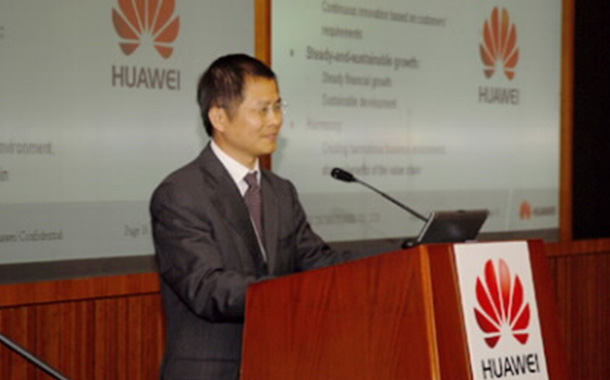Huawei and Heavy Reading jointly released the 5G core network Service-Based Architecture (SBA) white paper, which elaborates the network requirements, architecture definition and key features of SBA under development for 5G Core.
5G core network will play a crucial role as the enabler for advanced and diverse applications in the 5G era. This white paper focuses the SBA which is recognized as the key enabling technology of 5G network slicing, and discusses why it is suitable for deployment on cloud infrastructure. The paper compares the SBA with the more familiar point-to-point (P2P) architectures defined for mobile core networks. It argues that the Service-Based Architecture (SBA) is better aligned with the new cloud-native networking models being pursued by leading operators and makes the case for operators to make SBA the preferred option for 5G core network deployment.
The traditional core network has an increasingly complex structure due to ever-developing communication services, with the additional NEs and interfaces introduced with new services adding further complexity of the network structure. This cannot meet the requirement to support a wide range of industries and use-cases on the 5G network. SBA restructures the core network control plane and divides it into multiple independent modules with decoupled functions that can be updated individually. The introduction of the service-based interface protocols and NRF (Network Repository Function) make the function modules can be used flexibly and be plug and play. And the openness and scalability make it possible to provide authorized third-party functions. These features enable the new architecture to allow multiple access modes and meet diverse service requirements. In a word, SBA provides service-based functions, interfaces, and operations for the core network control plane and enables 5G network to address service requirements of the vertical industry market with massive applications.
SBA was jointly proposed by Huawei and multiple leading operators and industry organizations. It has been recognized by the industry and was accepted by 3GPP as the unified 5G core network architecture in June 2017.
In recent years, Huawei has been taking an active role in developing 5G core network standards development, for example, standards about key 5G core network technologies, including network slicing, SBA, and CUPS-based MEC. Huawei and Heavy Reading jointly released the white paper for the 5G core network in March 2017. In June 2017, Huawei released the world’s first SBA-based 5G core network prototype and first completed phase-2 core network test organized by IMT-2020(5G) in September 2017.
In the future, Huawei will continue to invest in innovating 5G core network technologies, services, and business models into the future. Huawei will also help build a new 5G ecosystem, promote 5G industry development, and make a better connected world together with industry partners.


